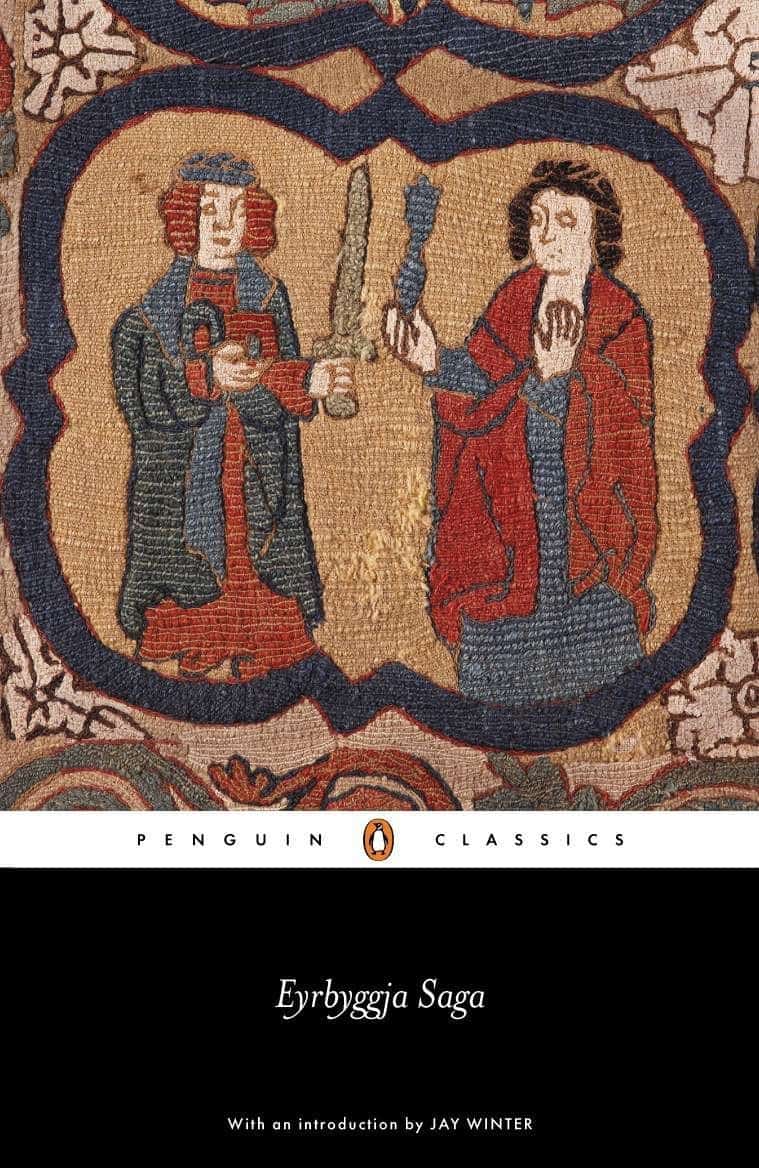 There have been many approaches to deal with unwanted or restless spirits over the past thousand years. When the ghosts of two crews of drowned men appear in the 13th-century Icelandic legend, Eyrbyggja Saga, the living characters take matters into their own hands. The dead are brought to a jury trial, and sentenced to leave without further trouble, after which they depart one by one. This scene is a rare case of ghost banishment by trial — and an even rarer one of ghosts willingly obeying the verdict of the living court.
There have been many approaches to deal with unwanted or restless spirits over the past thousand years. When the ghosts of two crews of drowned men appear in the 13th-century Icelandic legend, Eyrbyggja Saga, the living characters take matters into their own hands. The dead are brought to a jury trial, and sentenced to leave without further trouble, after which they depart one by one. This scene is a rare case of ghost banishment by trial — and an even rarer one of ghosts willingly obeying the verdict of the living court.
Not all medieval ghosts were so compliant. Most would put up more of a fight, either because of some unfinished business in the world of the living (a theme that is still part of ghost lore) or because they weren’t done wreaking havoc. Luckily for medieval ghostbusters, there were a host of authors willing to share their top tips on getting rid of ghosts — some highly recommended, others that you probably shouldn’t try at home.
First off, if you’re going to fight a medieval ghost, be prepared for some physical combat. Unlike modern encounters, these beings were often solid and quite strong. Fortunately, they also had some key weaknesses: such as fire. 12th-century chronicler William of Newburgh recommends burning pesky revenants, in his account of a bloodsucking ghost in northern England. (Fans of Supernatural will recognize this tried-and-true method.) The violent ghost Glámr, in the Icelandic Grettis saga, was finally subdued by hand-to-hand fighting, but this method should only be attempted by early medieval heroes.
Less violent methods could also be effective. Some guilty spectres only required a scroll of absolution placed in their tomb, forgiving their earthly sins and transgressions. Others demanded the restoration of unjustly seized property. In a tale told by Herbert of Clairvaux, the protagonist sees the ghost of his friend, carrying a ram on his shoulders. The friend confesses to stealing the animal from a widow, and asks him to return it. (We must assume that the ram was still alive.) In other cases, however, the righting of wrongs meant attacking those who had broken deathbed promises, cheated heirs out of their inheritance or much worse. One cheated and angry ghost used a flying mortar as a weapon! (Talk about a bump in the night.)
But there’s always more than physical danger involved. Although Grettir wins his fight against Glámr, the revenant curses him, a burden he carries for the rest of his days. Likewise, haunted places retain the stories of their ghosts, even if the spectres themselves are long gone. As medieval authors recognized, the banishment of ghosts kept them safely out of reach — but not out of mind.
Join us for a tour in Kingston, Ottawa or Toronto, to learn about your city’s ghost stories and darker history.
Written By: Karin Murray-Bergquist
Tour Guide
The Haunted Walk of Ottawa
